At the maiden virtual edition and the 5th edition of ACMA Automechanika, the stakeholders of the automotive industry shifted gears. Ashish Bhatia highlights this resolute focus on the development and continuity of business.
Virtual fairs continue to bridge the gap between online and offline. At the maiden virtual edition and the fifth edition of Automechanika, organisers Automotive Component Manufacturers Association of India (ACMA) together with Messe Frankfurt India, in the software-driven forum made this abundantly clear. On a two-day tight schedule, the summit ran in clockwise precision for the most part and deserves credit for concluding a successful edition. The interactive nature and abundant product demos made it all the more engaging taking it a step closer to the physical expos, a defacto phenomenon of the pre-covid era. Aimed at imparting special insights on imminent opportunities and challenges in the Indian auto aftermarket segment, it also made way for new product launches and demonstrations.

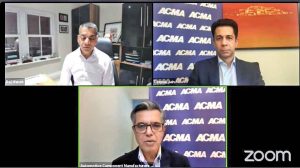
Nearly 2,407 stakeholders of the industry were in attendance courtesy of the Business to Business (B2B) matchmaking platform. Apart from domestic attendees, the platform also succeeded at drawing participation from 49 countries including Belgium, Canada, Denmark, France, Japan, Germany, UAE, UK, USA, Saudi Arabia, Sweden and Russia. A total of 81 exhibitors supported the summit and fair with over 1200 components queued up for an on-demand experience. Schaeffler India, eBay, ITW, Ajit Industries, Benara Udyog, Elofic, Steel Impex, KK Lighting, Industrias Del Recambio, Farad Italy, Indo-MIM Pvt.Ltd., and Esteem Auto Pvt. Ltd. were among the leading exhibitors.
The aftermarket potential
Addressing the attendees, Deepak Jain, President at ACMA set the tone of the proceedings with an overview of the automotive aftermarket performance for the last fiscal. In his opening comments, averred Jain, “The aftermarket in India is perhaps the most vibrant, unique and fastest-growing segment of our industry.” He drew attention to the industry valuation in FY2020 at USD 10 billion with a CAGR of 12 per cent while the overall turnover of the auto component industry in India stood at USD 50 billion with a CAGR of eight per cent. “In the last year which was the most challenging year due to the outbreak of the pandemic, all segments, be it supplies to the Original Equipment Manufacturer (OEMs) or exports or the imports suffered badly,” he exclaimed. “However, the aftermarket remained stable. This reflects the undying spirit of the aftermarket and its very strong potential,” Jain expressed.
Exports for FY2020 were valued at USD 14.5 billion of which 20 per cent is credited to the aftermarket. ACMA, as per Jain, through joint participation of its members in several international exhibitions, is making an effort to enhance the aftermarket share in exports of the overall India auto components exports. “ACMA together with SIAM is working closely towards deep localisation expected to further increase the price competitiveness of the industry,” he said.
Speaking on the Production Linked Incentive (PLI) scheme, opined Jain while enhancing export competitiveness is aimed at incentivising the domestic industry. He drew attention to the approximate USD 7.5 billion (Rs.57,000 crore) outlay as auguring well for the aftermarket and the industry as a whole. He cited the global example of aftermarket opportunity being as significant as the OEM opportunity. He expressed confidence in the industry bouncing back stronger in the aftermath of the pandemic.
Citing the growth potential, he drew attention to the year of standout stability and resilience on show, especially by the aftermarket players. Vinnie Mehta, Director General, ACMA together with the President thanked the industry for its wholehearted participation despite it being difficult times. Though sombre, the start was packed with optimism for better times in store.
Innovative business models powered by digitisation
Frost & Sullivan, in a discussion brought out next-gen digital business models to aid the growth of the automotive aftermarket industry worldwide. Citing a study, averred Kaushik Madhavan, Vice President, Frost & Sullivan, “Global ecommerce is expected to exceed USD 78 billion in 2026. In the automotive aftermarket segment particularly, tyres, lubricants and performance parts may offer the most growth potential in near future with expectation of increased bundled purchases.” He opined that an increased customer exposure to digital channels across different lifestyle aspects is expected to push the aftermarket stakeholders to aggressively invest in digitisation beyond just parts retail and even workshop services in the coming period.
Madhavan went on to elaborate further upon the emerging business models targeting pricing, convenience and customer acquisition. For instance, in ‘Private Labelling’, selling self-branded replacement parts and accessories online is a space to watch out. It involves front-runners like Amazon Basics and Delticom (Tirendo). In the ‘Online to Offline Integration’, the partnership between offline store, or establishing the offline presence to drive brand recognition and presence is also on the cards with front runners like Oscaro and Piecesetpenus.com. ‘In-vehicles’ systems will be leveraged to offer retail applications including parts and servicing. ‘Do-it-for-me’ Customer Target entails providing the customers with the option to deliver replacement parts and accessories at the workshop of choice. Subscription-based services of aftermarket products, especially the consumables for workshops and tyres for vehicle owners on the lines of front-runners like Amazon and Zenesis.
Last but not the least, selling service as a product, for instance, tyre change, engine oil change and so forth are expected to be sold as products online. Neeraj Vani, Vice President, GoMechanic. New Business Models in e-retailing touched upon the changing people’s mindsets too. “They are coming to us instead of OEMs now,” he claimed. Vani attributed the change to the aftermarket offering an experience at par with the OEM including the pricing factor and the spare parts supply. Ramashankar Pandey, Managing Director, Hella India Lighting and Chairman, Aftermarket Committee, ACMA, said, “For the benefit of the consumer, we should push for a free aftermarket so that digitisation will speed it up.” “When you put the consumer at the centre of your equation, you automatically align the way the ecosystem functions to that.
As a marketplace, for us, it is essential to make sure that both the buyer and the seller get the best ability to interact and make choices,” added Pavan Ponnappa, Director, eBay. Prashant Gupta, Country Head Sales, Shriram Veritech Solutions Pvt. Ltd. advocated the need for a digital track and trace solution for the benefit of the automotive industry. “We have an organised sector with our supply chain and it needs protection – this will help address non-standard product issues,” he concluded. ACMA Automechanika looks forward to hosting a physical trade fair, scheduled between February 09-12, 2023 at Pragati Maidan, in
New Delhi.
—
Dual-clutch transmission comfort and control on the road
In a technical session by Schaeffler India, the company gave a demo of the ‘Dual Clutch Transmission comfort and control on the road’. The demo entailed removing and or installation of a seven-speed double-clutch gearbox OAM, Audi, Seat, Skoda and Volkswagen. The working steps shown were meant to be carried out in conjunction with LuK RepSet 2CT item no 602 001 00 or 602 0002 00, and using the LuK special tool item no 400 0240 10. It covered the unique repair solution for dry and wet double clutches, including all necessary replacement parts. Claimed to have developed appropriate repair solutions and service offers at an early stage, the LuK RepSet 2CT and the corresponding special tool, is aimed at enabling garages to repair double clutches quickly and professionally. OE quality and perfectly coordinated, and a safe mounting due to simple installation instructions are claimed to be among the advantages.
Enabling seamless retail e-commerce export
 Covid-19 is known to have accelerated the adoption of digital technologies and evolved customer demands across the globe. The session emphasised the export potential of exports using the eBay Auto Velocity platform. The ecommerce giant, cited Sumit Sharma of Team eBay, in Australia, sells three parts or accessories every five seconds and 15 bike parts every minute. In the UK, it is claimed to sell nine complete engines every hour and nearly eight ATV parts or acc. Every minute. In the US, it is claimed to close a car or truck part every six seconds and one air intake unit every 90 seconds. Claimed to have registered a 100 per cent YoY growth last year, it aims to empower people and create economic opportunity for all. The product is designed to enable listing and sales of products with due OEM authorisation across 190 markets, and in a manner that the company is claimed to never compete with its seller base. With 60 per cent of international revenue contribution and an estimated USD 26.6 billion Gross Merchandise Value (GMV) for Q42020, claimed Sharma, nearly 2000 Indian resellers of the aftermarket were trading on the platform already with close to 10 million products.
Covid-19 is known to have accelerated the adoption of digital technologies and evolved customer demands across the globe. The session emphasised the export potential of exports using the eBay Auto Velocity platform. The ecommerce giant, cited Sumit Sharma of Team eBay, in Australia, sells three parts or accessories every five seconds and 15 bike parts every minute. In the UK, it is claimed to sell nine complete engines every hour and nearly eight ATV parts or acc. Every minute. In the US, it is claimed to close a car or truck part every six seconds and one air intake unit every 90 seconds. Claimed to have registered a 100 per cent YoY growth last year, it aims to empower people and create economic opportunity for all. The product is designed to enable listing and sales of products with due OEM authorisation across 190 markets, and in a manner that the company is claimed to never compete with its seller base. With 60 per cent of international revenue contribution and an estimated USD 26.6 billion Gross Merchandise Value (GMV) for Q42020, claimed Sharma, nearly 2000 Indian resellers of the aftermarket were trading on the platform already with close to 10 million products.
Centrifugal clutch assembly

Makino Centrifugal Clutch Assembly (CCA) by Makino Automotive is a clutch system claim to have been designed to minimise vibration with proper balancing. It is claimed to eliminate the risk of having a loose part assembly. Aimed at overcoming the conventional and time-consuming methodology of replacing a two-wheeler clutch, the CCA comes offers many advantages. Besides eliminating vibration, it facilitates a closed assembly that needs minimal or no inspection. It is pre-balanced and saves on installation time.


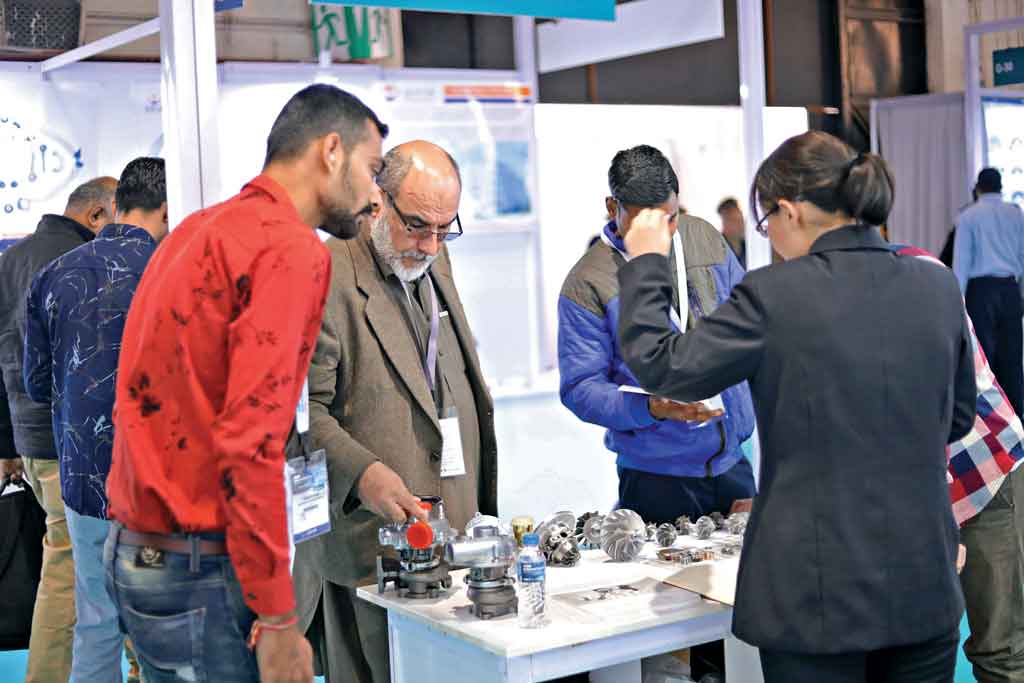
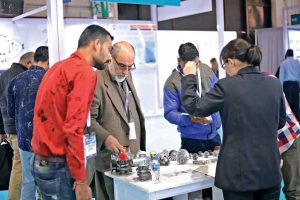
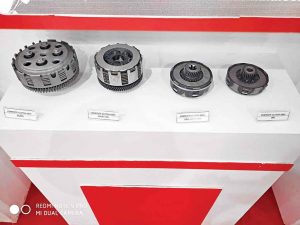

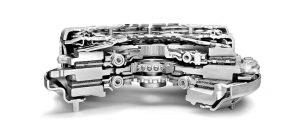
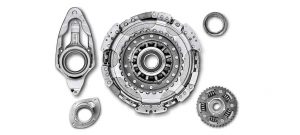




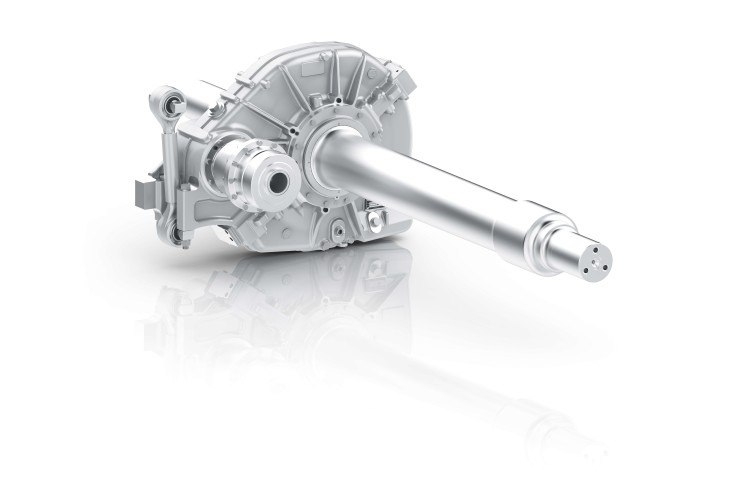
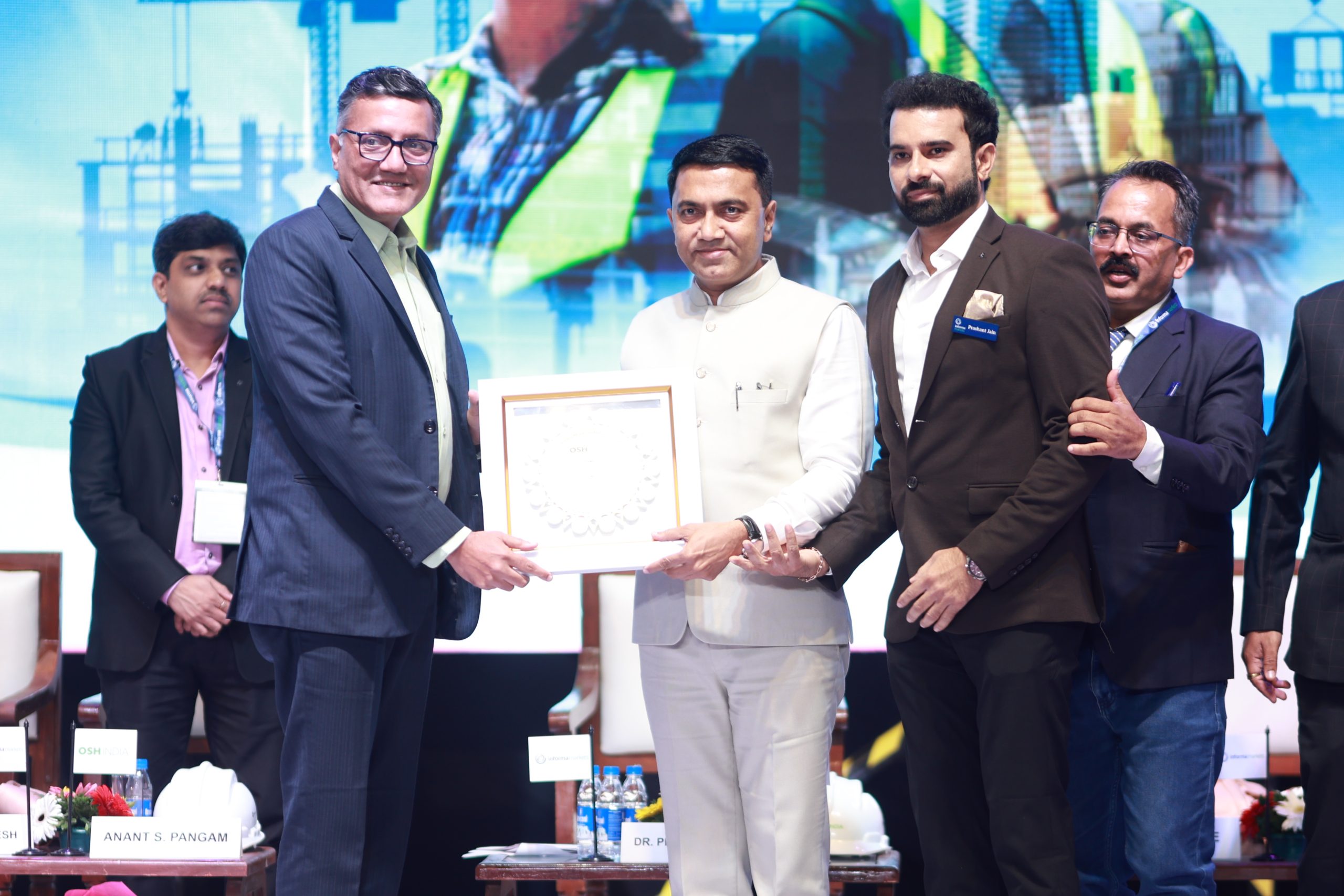



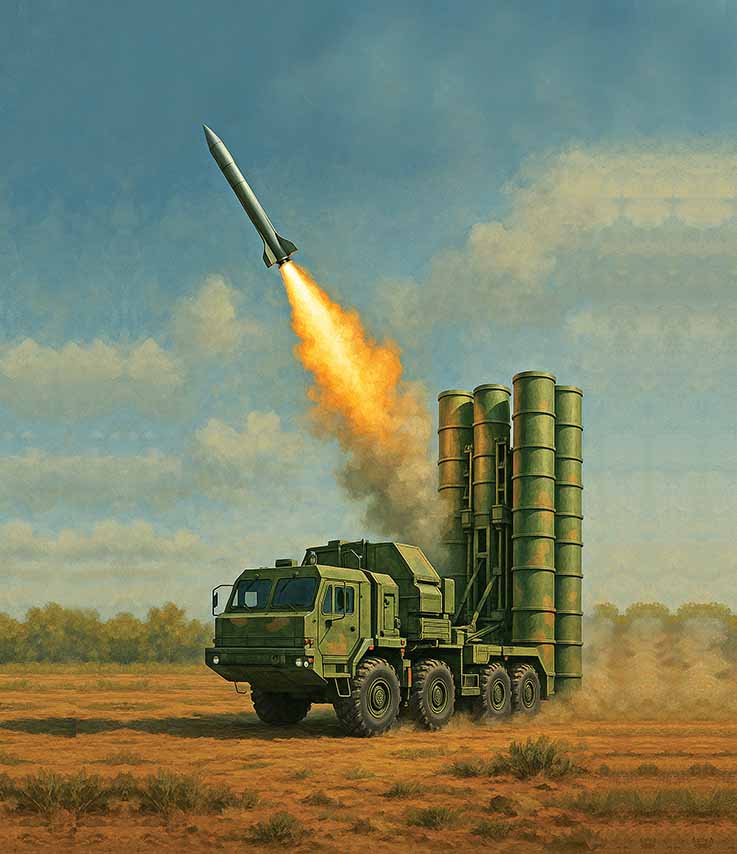


Leave a Reply